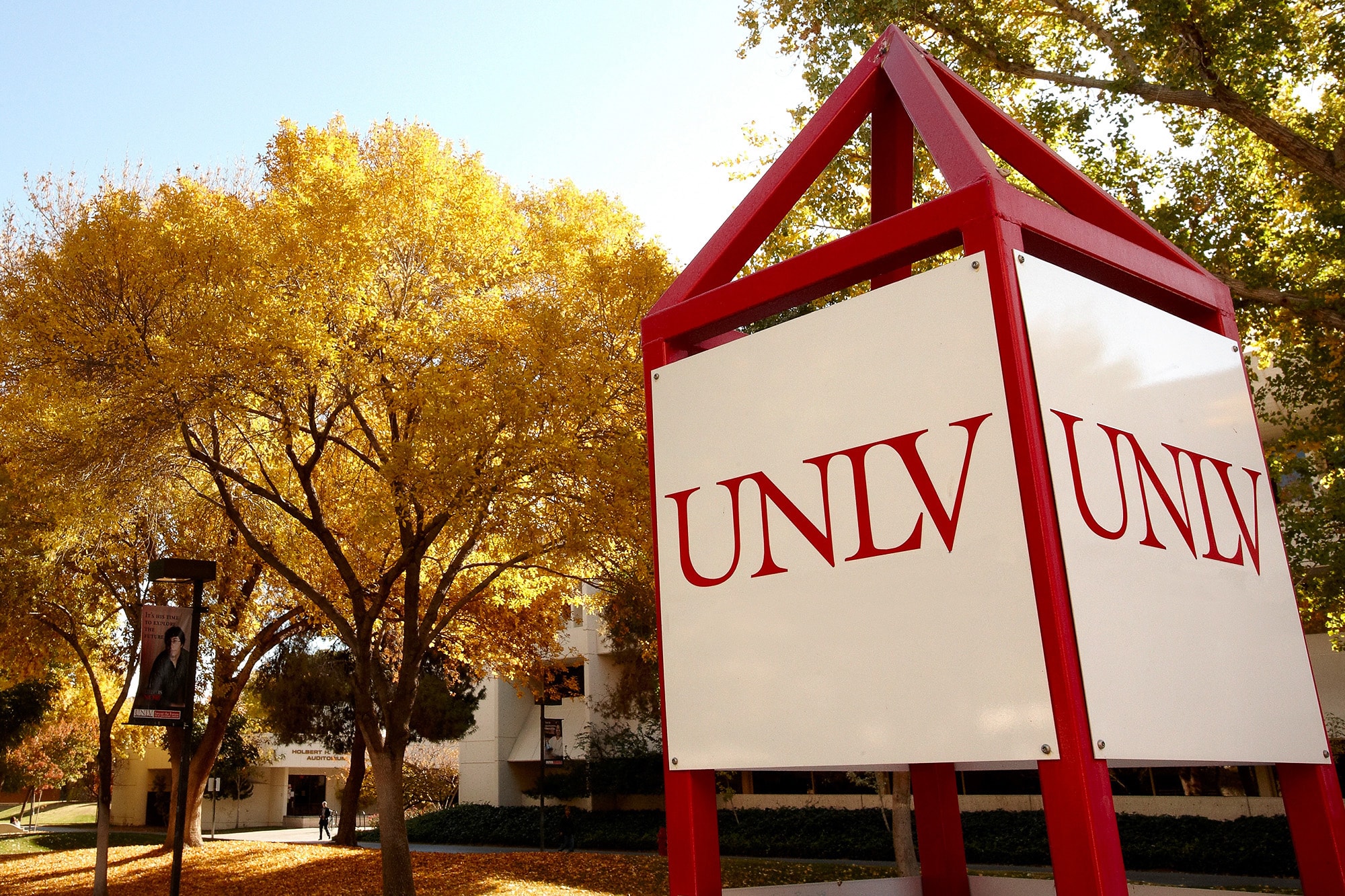LAS VEGAS - October 28, 2009 - In this week's issue of the journal Nature, released today, UNLV astrophysicist Bing Zhang analyzes the importance of the recent discovery of the earliest - and most distant - object ever detected in the universe.
Gamma-ray burst (GRB) 090423 was observed in April by two international groups of scientists, whose discoveries were reported in this week's Nature. The burst occurred when the universe was about nine times smaller than it is today, roughly 13 billion years ago.
Zhang, one of the nation's leading researchers on the topic of GRBs, describes the discovery in Nature's News and Views as a new opportunity for scientists to explore the cosmic dark ages, a period of roughly 800 million years, for which scientists had previously no information available.
According to Zhang, GRBs - the most violent explosions in the universe - carry information scientists need to potentially map out this cosmic dark age, known as the 're-ionization process.' Zhang also outlines factors that could hinder this prospect and suggests methods that could be used to improve GRB analysis.
"The authors' discovery opens up the exciting possibility of studying the cosmic 're-ionizing' epoch, and the preceding dark ages, using GRBs," says Zhang in the piece. "Studying a number of GRBs spread over a range of redshifts (used to measure cosmic distances) would allow one to map out the course of the re-ionization process through cosmic time."
Bing Zhang is an associate professor of astrophysics at UNLV. A member of the NASA SWIFT Team - a collaboration of scientists dedicated to the study of GRBs - Zhang is credited with redefining how astrophysicists understand afterglow and prompt emission of GRBs and is among the most widely cited authors in the field of space science.
To read Zhang's commentary, "Most Distant Cosmic Blast Seen," from the Oct. 29 issue of the journal Nature, please click here.



